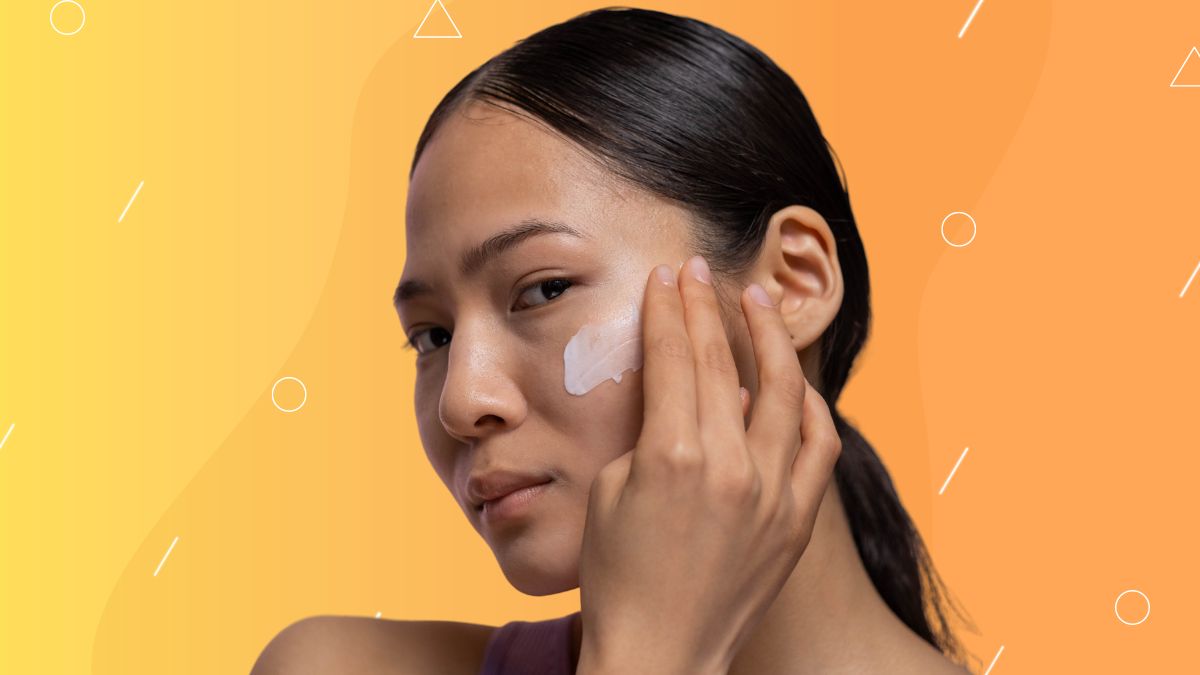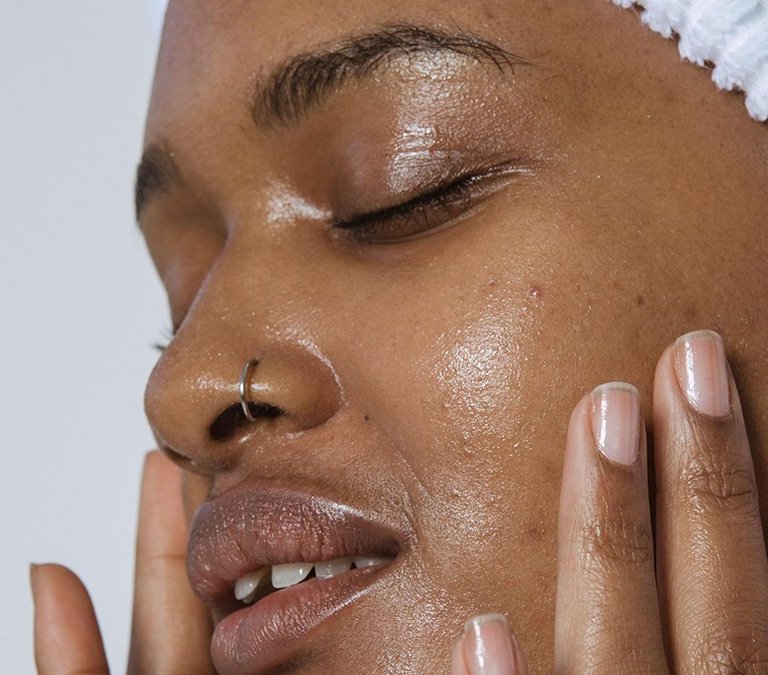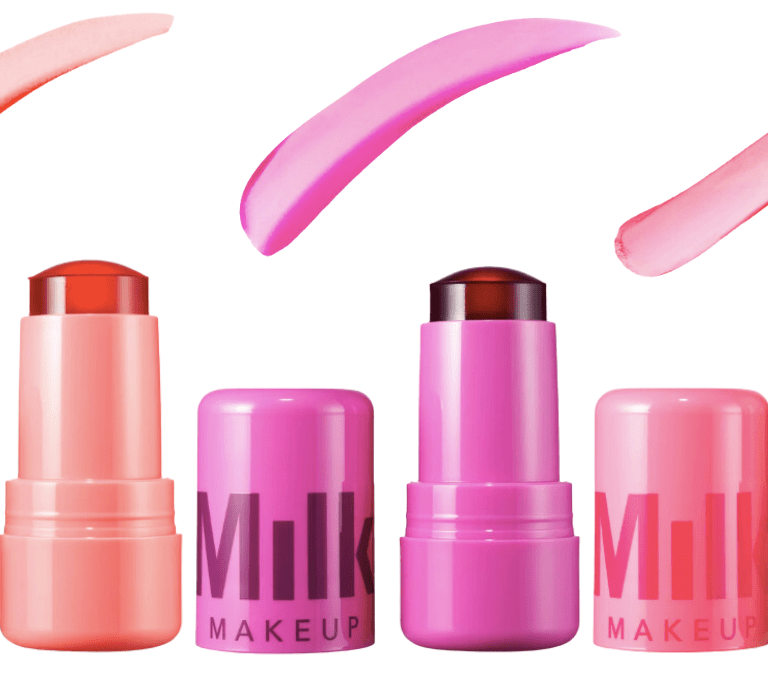
Imagine having an ingredient that can address multiple skin concerns—everything from hydration to dark spots, fine lines, and even oiliness? Well, we found an ingredient that actually does do it all and it’s called niacinamide. Found in a wide range of skincare products, niacinamide is truly a multitasker ingredient that deserves your immediate attention. In this post, we’ll dive into everything you need to know about niacinamide and its benefits for your skin. Get ready to discover the power of this skincare superhero.
[SEE ALSO: What are Peptides and What Do They Do in Skincare?]
What is Niacinamide?
Niacinamide, also known as vitamin B3 or nicotinamide, is a molecule that belongs to the vitamin B group and turns out to be the main precursor (component from which another molecule is formed) of two important coenzymes NAD+ and NADP+ in our body. This is fancy science for enzymes that are essential for every cell in our body to create energy to perform biological processes such as DNA synthesis, cell division, and cell repair. In fact, studies have found that applying niacinamide on the skin can raise intracellular NADP+ levels in skin cells, ultimately resulting in tons of benefits for your skin.
Clinical Studies Have Shown That Niacinamides Can:
Help reduce unwanted hyperpigmentation and dark spots
Help restore the skin barrier by boosting ceramide production and improving skin moisture.
Reduce the severity of acne lesions or inflammation.
Regulate sebum production in oily skin types
Reduce the appearance of fine lines
Niacinamides help tackle these skin issues all while being gentle on the skin. So yes, it is good for all skin types including sensitive, dry, and/or acne-prone skin.
How to Include Niacinamides in My Skincare Routine?
Niacinamides are a versatile ingredient that can be combined with most skincare components. It pairs well with hyaluronic acid, retinoids, exfoliating acids, vitamin C, and peptides. In fact, because niacinamide is a very stable and easy-to-work-with ingredient you can find it in a lot of skincare products (creams, cleansers, serums, and toners). Thus, a good way to include niacinamide in your skincare routine is to choose a product that already has it in the formula.
On the other hand, you can find a niacinamide serum and apply it after other ingredients such as Vitamin C, retinol, and exfoliants, and before your moisturizer. Also, niacinamides can be used both morning and night.
What Concentration of Niacinamides Should I Use?
In clinical trials that have studied the effect of niacinamide on human skin, using creams with 2-5% niacinamide concentration, participants showed an improvement in skin texture, elasticity, and wrinkles after 12 weeks of daily application. Read: scientific data has shown that as little as 2% niacinamide can be effective for your skin.
However, nowadays most skincare brands have niacinamide serums at 10%. Although these high-percentage serums will be well-tolerated for most skin types, there’s a possibility that they can cause irritation, especially if you have sensitive skin or if you’re accidentally applying too much niacinamide on your skin due to it being present in so many different products.
Remember, higher percentages do not always mean that the ingredient will work better on your skin. We recommend sticking to niacinamide serums at 2–5% concentration.
Would you include niacinamide in your skincare routine? Let us know in the comments below.



